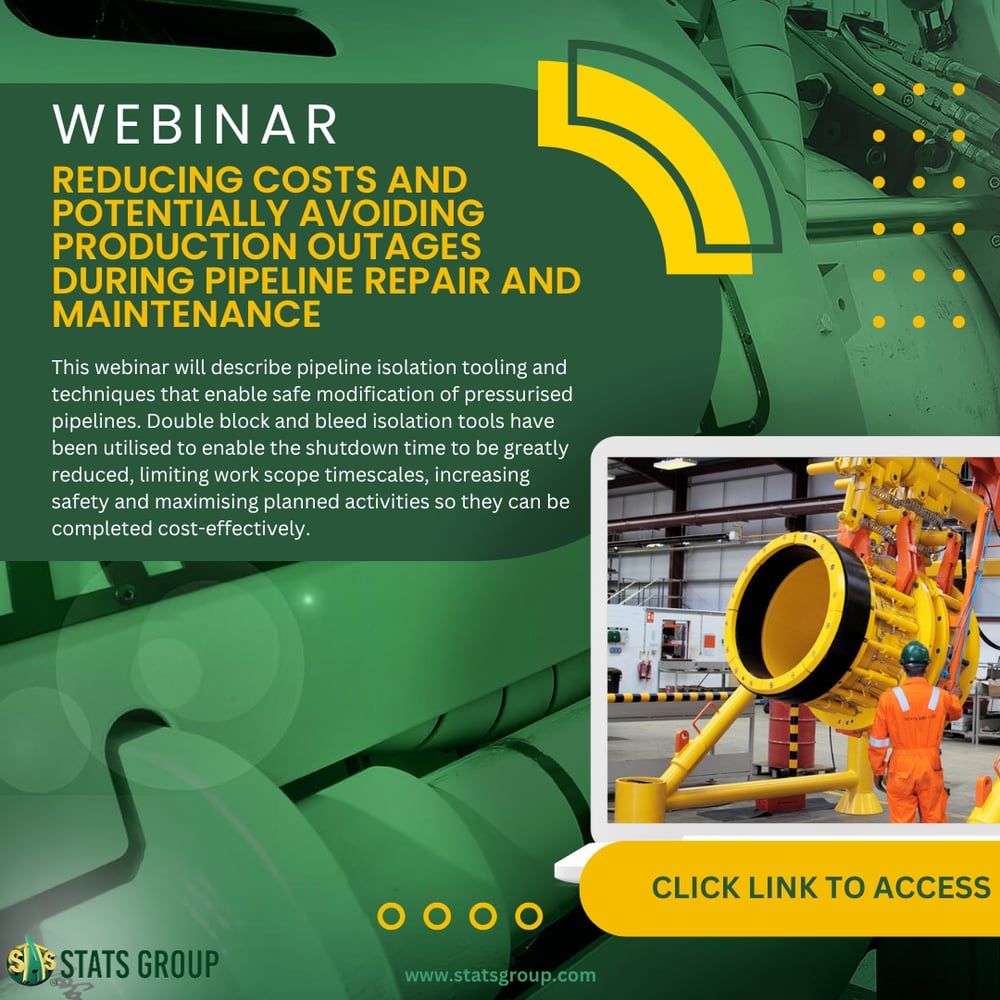
Abstract
A loss of pipeline integrity due to corrosion or mechanical damage can result in huge environmental, safety and reputational implications. As global demand for energy increases so does the significance of any potential pipeline failure. Interference to this flow can have major consequences both commercially for the operator and more critically a potential shortfall in fuel supply to the client. In cases where pipeline damage has occurred, the damaged section may need to be cut from the pipeline and replaced with a new pipe section or repaired in-situ. Without suitable double block isolation tools installed locally at both sides of the damaged section; it will be necessary to depressurise the entire section of pipeline to allow safe removal of the damaged section and perform the repair by installing a new section.
Additionally, operators can often encounter difficulties in isolating sections of their pipeline to facilitate repair or maintenance activities if appropriate valves are absent from the line. This presentation will describe pipeline isolation tooling and techniques that enable safe modification of pressurised pipelines. Double block and bleed isolation tools have been utilised to enable the shutdown time to be greatly reduced, limiting work scope timescales, increasing safety and maximising planned activities so they can be completed cost-effectively. High integrity isolation methods will also be explained that enable piggable and unpiggable pipeline systems to be isolated to double block and bleed isolation requirements.
Examples will be presented highlighting the benefits of double block and bleed pipeline isolation and how they are applicable to scenarios such as:
- Emergency pipeline repair Retrospective installation of pigging facilities - making unpiggable pipelines piggable.
- Removal and replacement of a pipeline section, or a deadleg.
- Installation, repair or replacement of pipeline valves (Subsea Isolation Valves, Emergency Shutdown Valves, PLR isolation Valves).
- Pipeline infrastructure development - new pipeline tie-ins into existing pipelines.
- Decommissioning, disconnection or retirement of pipeline sections or deadlegs.
Speaker: Dale Millward